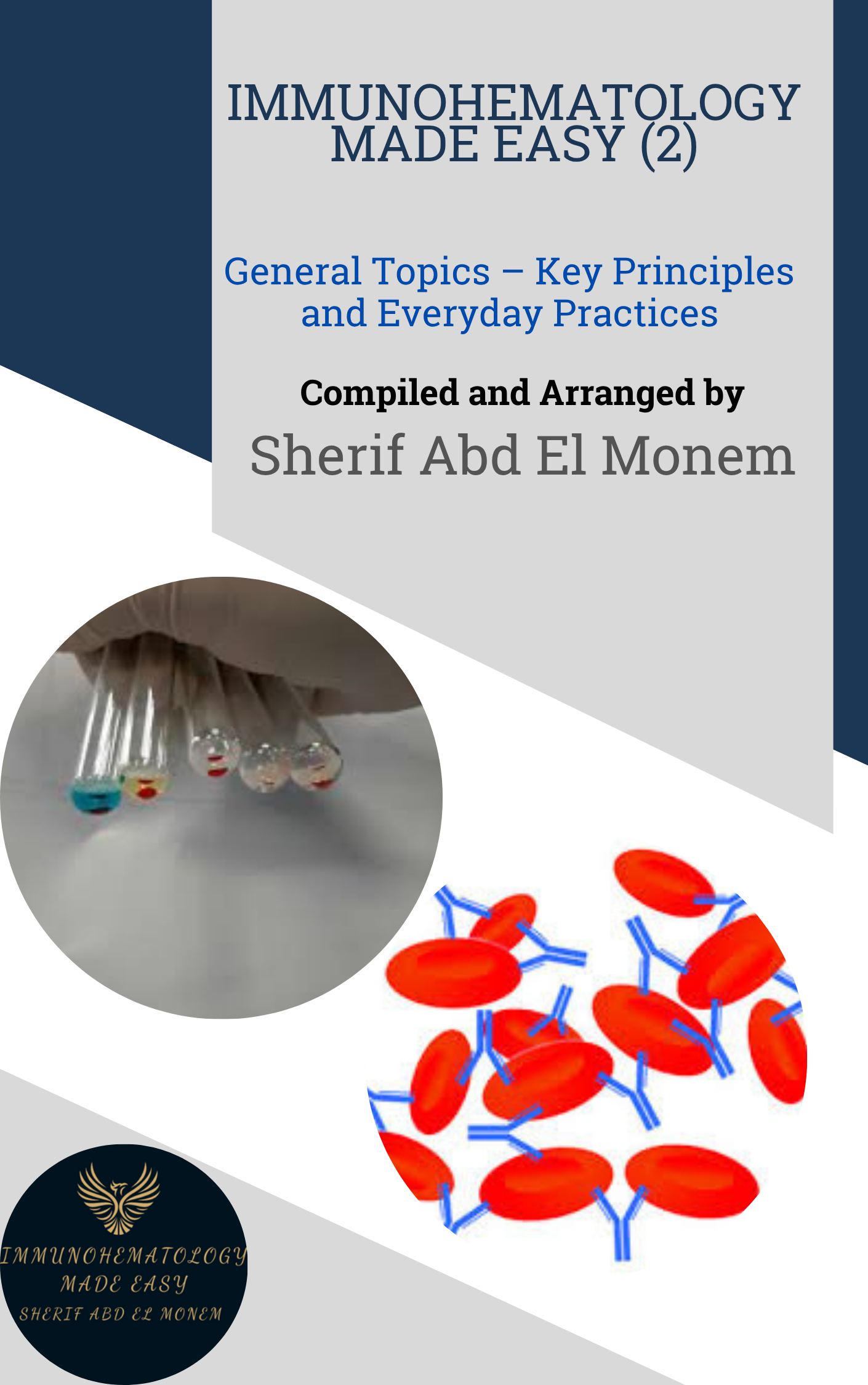Week 9 – Recorded session
Introduction:
Discover the significance of purchasing and inventory management in quality management systems within laboratories and healthcare facilities. This guide explores key considerations and best practices for effective procurement and inventory control in the medical field.
Factors to Consider in Procurement:
Explore essential factors to consider when purchasing supplies, such as government requirements, pricing options, contract details, practical considerations, and payment methods.
Selecting Suppliers:
Learn guidelines for selecting reliable suppliers, including forming a selection committee, defining requirements, seeking recommendations, considering flexibility and service agreements, and managing central suppliers.

Immunohematology Made Easy (2)
General Topics – Key Principles and Everyday Practices
📘 Available now in PDF & EPUB formats
🔗 Visit Store
Monitoring Supplier Performance:
Understand the importance of monitoring supplier performance, identifying issues, leveraging feedback, maintaining records, and conducting evaluations to ensure quality supplies.
Effective Inventory Control:
Discover strategies for managing inventory effectively, including balancing supply and demand, optimizing storage space, addressing fluctuating demand, implementing contingency plans, and utilizing inventory control systems.
Conclusion:
Effective purchasing and inventory management are crucial for maintaining quality in laboratories and healthcare facilities. By considering key factors in procurement, selecting reliable suppliers, monitoring performance, and implementing efficient inventory control, organizations can ensure the availability of quality supplies and enhance their operations.


